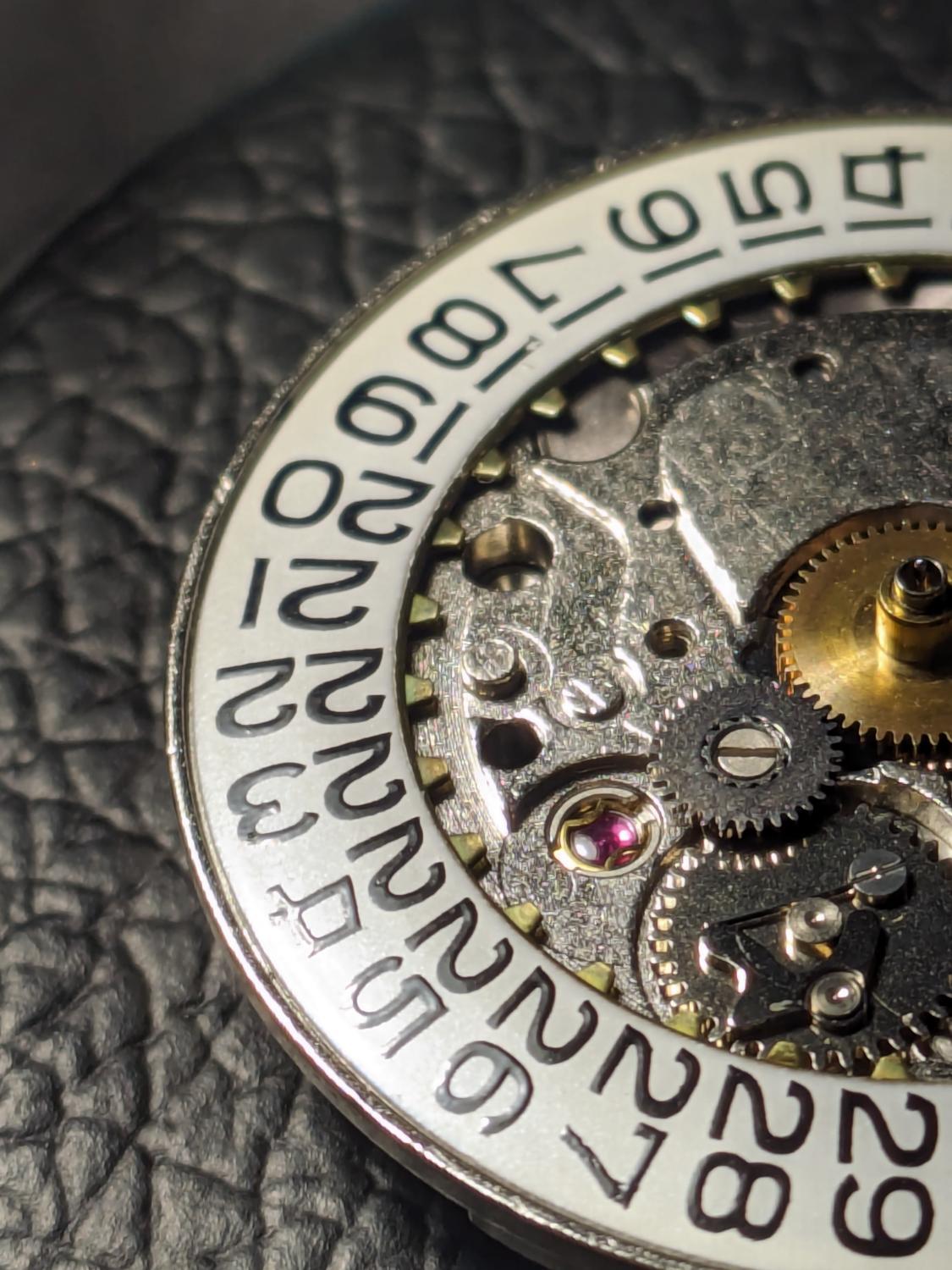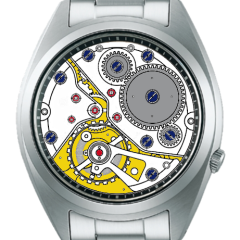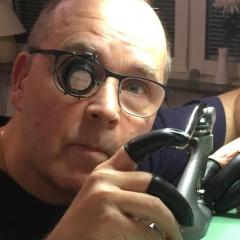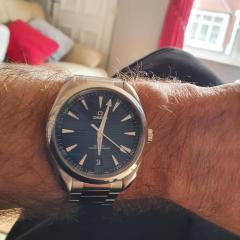Modifying a hole jewel
-
Recently Browsing
- No registered users viewing this page.
-
Topics
-
Posts
-
Hi all of you, This watch is no part of my collection, but a friend of mine sent me these pictures to check whether this is a valuable time piece. I think so, and you? This is an automatic LIP (R153A caliber).
-
This shows the strength as 0.17 which appears to contradict everything else?
-
If you look carefully on their website they have a nice PDF to download which I will attach. Then you can take your dimensions and figure out which mainspring you're supposed to have. It also give you the various numbers of the mainspring so you can go look on eBay One of the problems with part numbers for American pocket watches will be or can be typically with balance staffs and mainsprings will be size variations for the same part number. Typically with Elgin when they give you a part number they will give you the thickness of the spring. If you look at the above example I have you'll notice that for some of the Springs for the same part number you did have various thicknesses or strengths. As time has gone on the quantity of mainsprings available especially the aftermarket springs the quantities or the choices of thicknesses will go away. In other words you're lucky sometimes to get a mainspring at all. Then from a different listing for the particular part number we can see that the blued steel spring originally came in three different thicknesses. With the initials DP standing for Elgin's alloy DuraPower. Personally especially on the smaller size American watches I would try to go with the original spring as they will be more likely to be sized correctly. Then DuraPower Would be the preferred choice. Then even though the listing up above only shows one thickness/strength according to the seller below there were three different thicknesses and other words you get a choice. https://www.ebay.com/itm/156090848585 Mainsprings Cas-Kar Catalog 2018.pdf
-
By RichardHarris123 · Posted
Could be an end shake problem, as @AndyGSisaid, was it running before? -
What condition was the movement in when you started? Can you post a photo of the bridge and are you sure the pivots are engaged before screwing it down?
-






Recommended Posts
Join the conversation
You can post now and register later. If you have an account, sign in now to post with your account.
Note: Your post will require moderator approval before it will be visible.